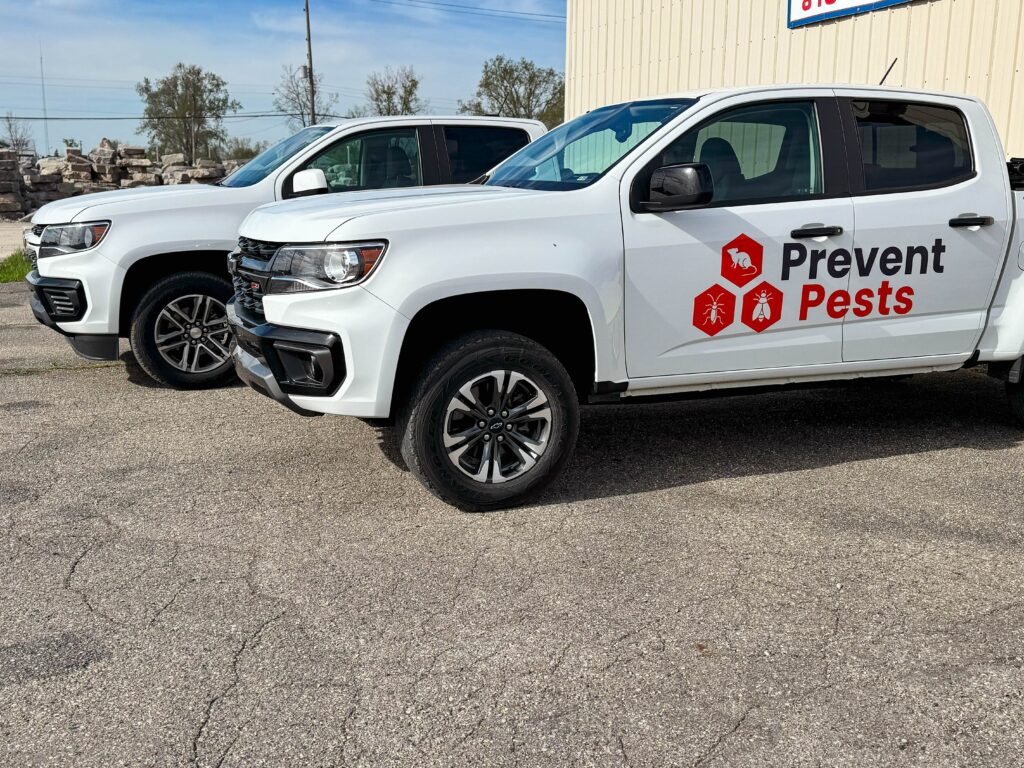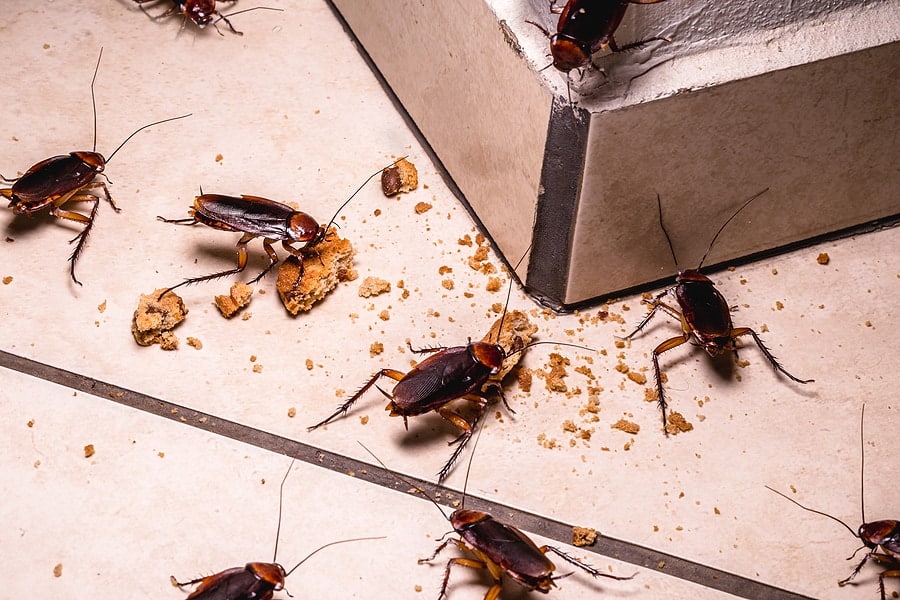Cockroach activity in a home rarely starts in the open. These pests thrive in dark, moist, and undisturbed places, making them difficult to detect until populations surge. Knowing where cockroaches are most likely to hide gives homeowners an edge in controlling infestations before they spread.
This guide outlines the top cockroach hotspots within a home and what steps can reduce the risk of recurring problems. From kitchens to crawlspaces, vigilance and targeted action are key to protecting your space from these persistent invaders.

1. Kitchen: The Heart of Infestation
Kitchens are cockroach magnets for a reason; constant food access, warmth, and moisture make them ideal breeding grounds. Unfortunately, cockroaches are skilled at hiding in the very places you use daily.
Common hiding zones include:
- Under and behind refrigerators and stoves
- Inside cabinets, especially near plumbing
- Around the base of dishwashers or inside the motor compartment
- Behind backsplash panels and wall outlets
- Inside food pantries, particularly in cardboard packaging
Even small crumbs or spills can attract cockroaches. Ensuring deep cleaning behind appliances and sealing pantry items in airtight containers can help reduce attraction. Regular inspection in these areas can reveal signs of droppings, shed skins, or egg casings, all clear warnings of activity.
2. Bathroom: Moisture and Warmth
Although less obvious, bathrooms are another prime location for cockroach infestations. Their need for water means they often settle near sinks, drains, and humid corners. Leaks and unsealed pipes create damp zones perfect for nesting.
High-risk bathroom areas include:
- Behind the toilet tank and under the sink basin
- In the gaps around the tub or shower piping
- Inside the baseboards near damp floors
- Around unused floor drains or access panels
Small plumbing leaks or poor ventilation only worsen the problem. Any soft or warped drywall could be concealing pests that prefer to stay hidden until nightfall. Routine checks in these less-trafficked corners can stop cockroach populations from expanding unnoticed.
3. Laundry Room, Garage, and Utility Zones
Spaces where water lines, HVAC ducts, and electrical connections meet also attract cockroaches. Laundry rooms and garages tend to offer the same combination of shelter and low foot traffic as basements, making them frequent trouble spots.
Common locations where cockroaches may be nesting:
- Behind washers and dryers
- In cardboard boxes or stored paper
- Around water heaters or floor drains
- Inside wall voids near electrical wiring
- Along baseboards and between stored belongings
Cockroaches also favor the clutter found in garages and sheds. Removing unnecessary cardboard or paper-based materials and sealing storage containers can minimize harborage. If you’re seeing activity in these areas, review DIY pest control dangers before taking action that might worsen the issue.
4. Crawlspaces, Basements, and Attics
Areas with minimal disturbance are ideal environments for cockroaches to grow their population unnoticed. Crawlspaces and basements provide long-term shelter, especially if humidity is high or ventilation is poor. Attics, especially those with roof leaks or insulation gaps, can also serve as hidden entry points and nesting sites.
To reduce cockroach survival in these remote spaces:
- Use dehumidifiers to lower excess moisture
- Seal wall gaps, vents, and foundation cracks
- Check for leaks from air conditioners or water lines
- Keep insulation intact and free from droppings
- Store infrequently used items in plastic containers
Many homeowners are unaware that infestations in these zones can directly affect indoor air quality. Research from this indoor air quality article highlights how cockroach allergens circulate through HVAC systems and contribute to health problems.
5. Behind the Walls and Under Floors
Perhaps the most challenging aspect of cockroach control is understanding their ability to live completely out of sight. Wall cavities and the spaces beneath floorboards offer ideal protection from light and predators, allowing populations to thrive for months undetected.
While visual signs like roach trails or droppings may not appear immediately, these signs usually indicate more significant hidden activity. In such cases, surface cleaning or baiting may not be enough.
Professional assessments are often required to pinpoint harborage behind structural elements. Experts can detect entry points, apply low-toxicity treatments in hard-to-reach areas, and recommend sealing practices tailored to your home’s design.
Hidden but Not Harmless
Cockroaches don’t just live in the shadows; they multiply there. Understanding where they hide is the first step to stopping them. For comprehensive inspections and strategic prevention, contact Prevent Pests for expert assistance in making your home a pest-free environment.

